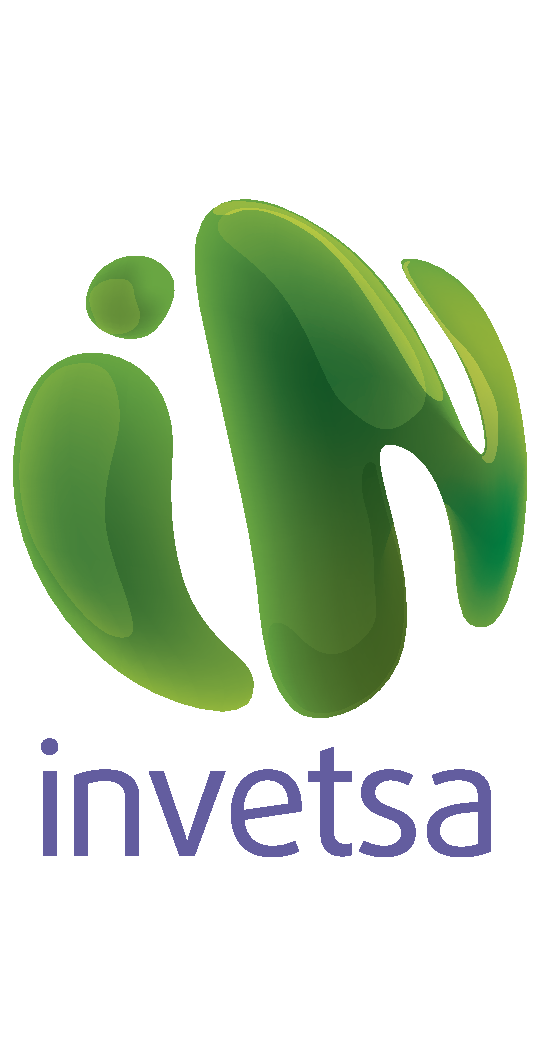
ANIMAL WELFARE AND PIG PRODUCTION SYSTEMS
Animal welfare and pig production systems
At present, the raising of pigs or Pig Farming, is an activity of great importance for the Livestock sector. The demand for pork meat has increased in recent years and its production brought with it a great demand in the process of developing healthy pigs.
Currently pigs can be raised either extensively or intensively. In the extensive form, breeding is associated with breeding for family consumption, and it is mostly grazing, there are also mixed breedings that combine grazing with backyard breeding.
The Intensive form is the option for the commercialization and production of pork on a large scale, here the area per pig is maximized, which are raised in closed environments and conditioned to achieve optimal production results. In this system there are two types of production for raising pigs, which are:
1) Single-site production system: This was the system with which pig farming began in the country. Here all stages of production are within the same farm. The advantage of this system is the lower demand for personnel and logistics.
2) Multi-site production system: This system is the one on which the new projects are based and which is used by the largest farms. Here each stage of production takes place on different farms, several kilometers apart. The advantage of the system is mainly in the health and consequently the better productivity of the animals.
How do we measure the success of our production system? The following aspects are clear indicators of the welfare of our animals:
1) Behavior: They are usually a clear reflection of the health of the pig. Some like immobility, depression and reduced food consumption. They are signs of low well-being and disease.
2) Increased mortality: In intensive production systems there are relatively normal mortality values, however, an increase above normal values gives us a sign of a health problem.
3) Reproductive efficiency: A low rate of reproduction compared to what is expected will result in a lower production of animals for sale.
4) Productive Efficiency: To achieve this, several factors intervene: genetics, nutrition, health and proper management of pigs. If any of these fail, overall production results may be affected.
At Invetsa we promote various programs for the proper care of pigs. Pincer is a respiratory disease control program that provides constant monitoring and solution alternatives for these pathologies. In the same way, our professional team is in constant training for the satisfaction of our clients and the well-being of their cattle. Find out more about pig farming at Invetsa here.

